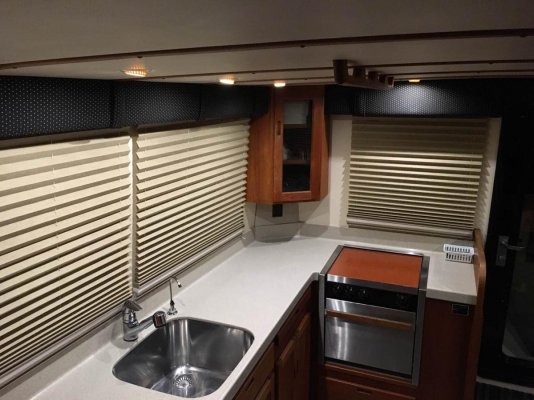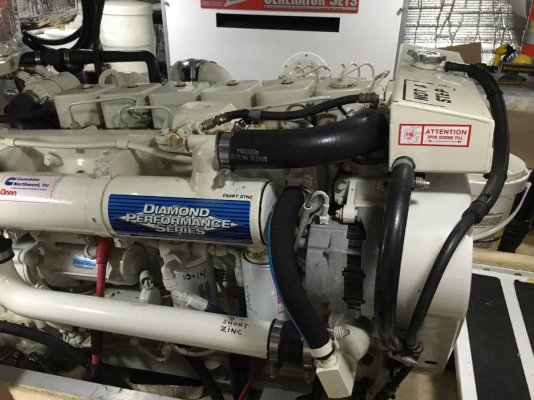Brooksie
Guru
- Joined
- Oct 20, 2007
- Messages
- 1,310
- Location
- USA
- Vessel Name
- Island Seeker
- Vessel Make
- Willard 36 Sedan
Some good offerings on their site. Thanks!
RV & Marine LED Lights | Distributor | 12V LED | Blackhawk LED
Lights
Used the same conversion "boards" $5 ea on ebay about 5 years ago, very happy with them and no problems w/ burnouts. Burnouts can be a problem with LED's unless they are designed for 14+ volts or have a DC-DC chip included in them to keep constant 12V.




